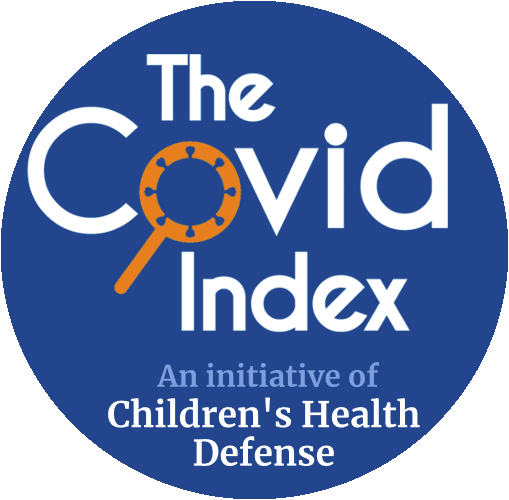"1. Introduction
It has been indicated that compared to adults, this pandemic may continue to have increased long term adverse consequences on children and adolescents (Shen et al., 2020). The nature and extent of impact on this age group depend on many vulnerability factors such as the developmental age, current educational status, having special needs, pre-existing mental health condition, being economically under privileged and child/ parent being quarantined due to infection or fear of infection. The following sections discuss about findings of studies on mental-health aspects of children and adolescents impacted by COVID-19 pandemic and lockdowns being implemented at national or regional levels to prevent further spread of infection...
2. Material and methods
We searched the electronic data bases of MEDLINE through PubMed, Cochrane Library, Science-direct and Google Scholar databases, from January,2020 till June,2020...
2.2. Impact on school and college going students
... [T]he nationwide closures of schools and colleges have negatively impacted over 91% of the world's student population. The home confinement of children and adolescents ... is attributable to disruption in their education, physical activities, and opportunities for socialization...
Worst of all, during lockdown when schools, when legal and preventative services do not functioning [sic] fully, children are rarely in a position to report violence, abuse and harm if they themselves have abusive homes...
2.4. Impact of lockdown on underprivileged children
... An increasing number of poor and street children now have no source of income, making them a high risk population to face abuse and mental health issues with greater vulnerability and exposure to unfavorable economic, social and environmental circumstances.
A home represents a source of security and safety in most families. However, for the poor and the underprivileged it is just the opposite. With the restriction of movement due to lockdown, these children have increased risk of being exploited and become victims of violence and abuse...
4. Conclusion
Although the rate of COVID-19 infection among young children and adolescents is low, the stress confronted by them poses their condition as highly vulnerable."
© 2020 Published by Elsevier B.V.
Since January 2020 Elsevier has created a COVID-19 resource centre with free information in English and Mandarin on the novel coronavirus COVID-19. The COVID-19 resource centre is hosted on Elsevier Connect, the company's public news and information website.
Elsevier hereby grants permission to make all its COVID-19-related research that is available on the COVID-19 resource centre - including this research content - immediately available in PubMed Central and other publicly funded repositories, such as the WHO COVID database with rights for unrestricted research re-use and analyses in any form or by any means with acknowledgement of the original source. These permissions are granted for free by Elsevier for as long as the COVID-19 resource centre remains active.
